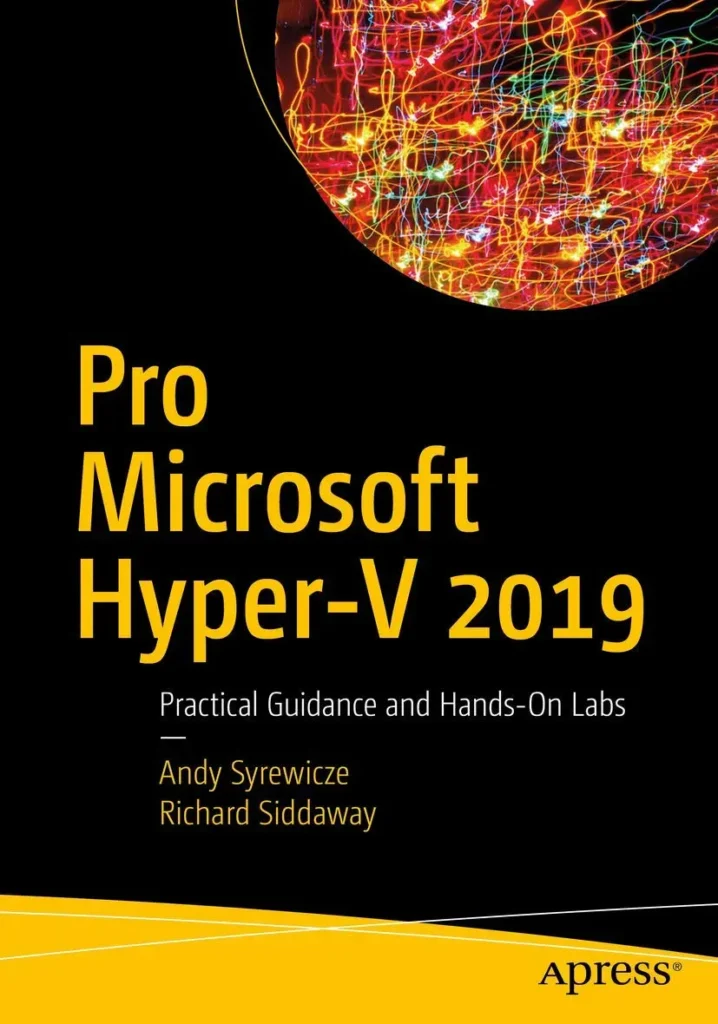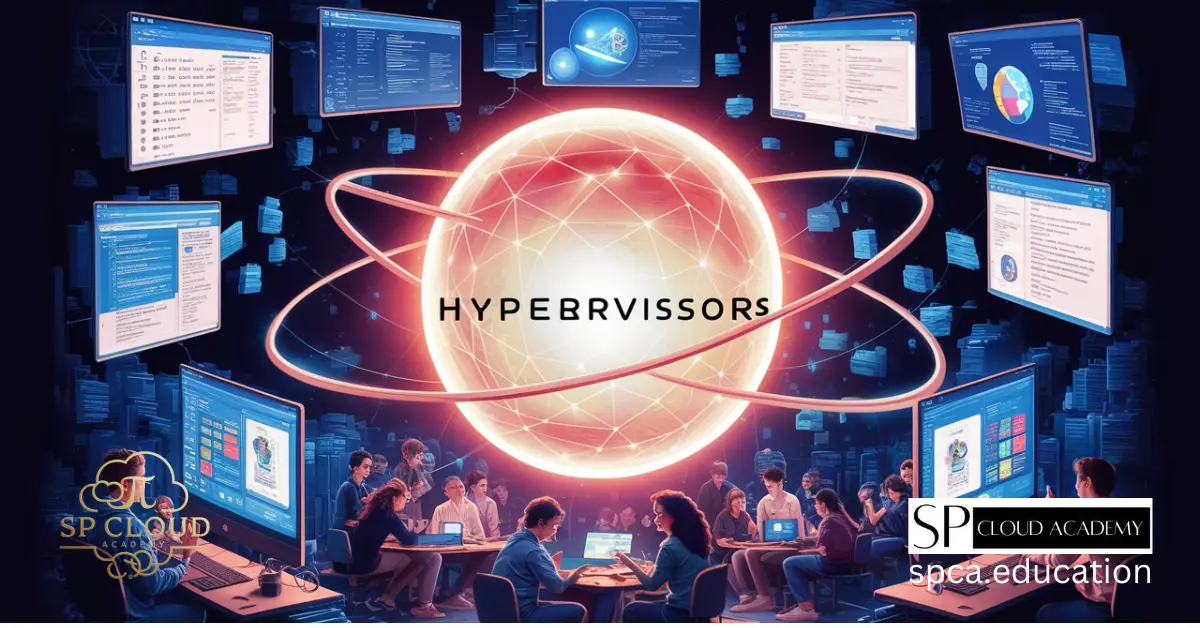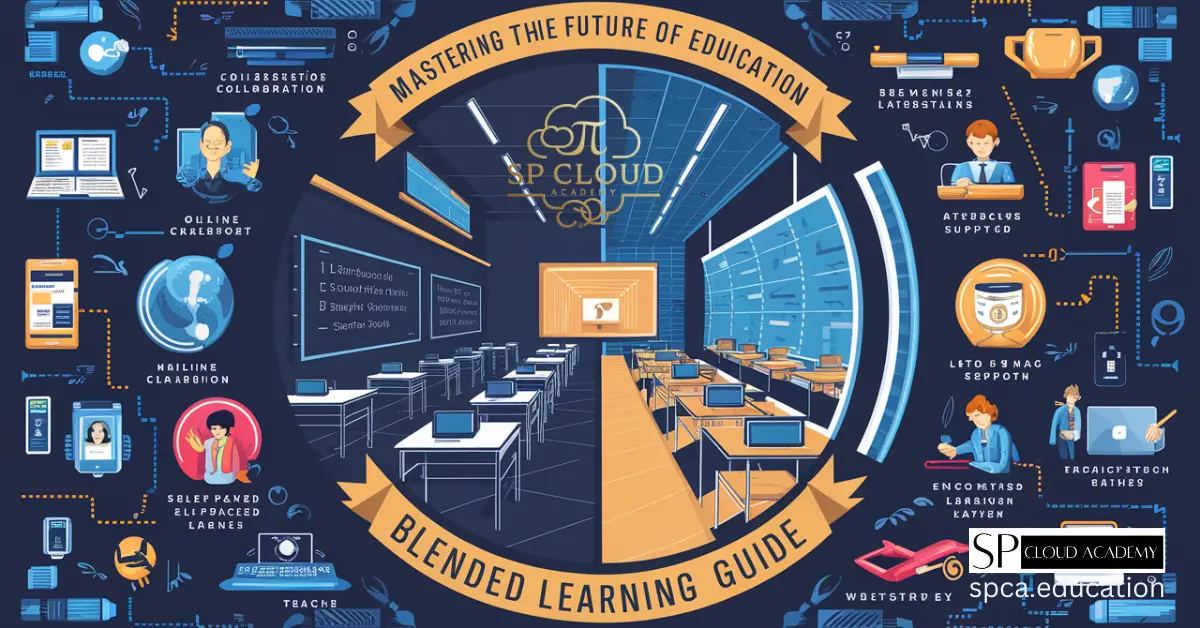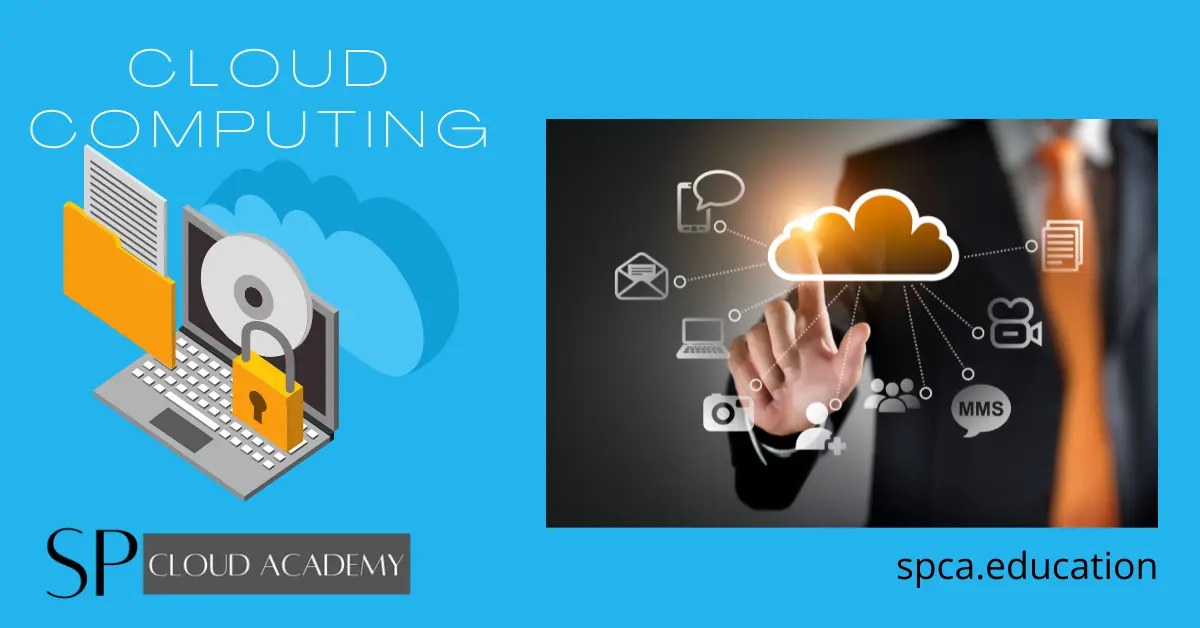In the ever-evolving landscape of computer science (CS) education, the need for innovative tools and technologies to enhance learning and research has never been more critical. Among these technologies, hypervisors have emerged as a powerful force, revolutionizing the way students and educators approach research and development (R&D) in computer science. Hypervisors, also known as virtual machine monitors (VMMs), enable the creation and management of virtual machines (VMs), allowing multiple operating systems to run concurrently on a single physical machine. This capability has profound implications for CS education, offering unprecedented flexibility, scalability, and efficiency in both teaching and research.
This article delves into the transformative power of hypervisors in CS education, exploring their impact on R&D, the benefits they bring to the classroom and laboratory, and the future possibilities they unlock. By the end of this comprehensive exploration, readers will gain a deep understanding of how hypervisors are reshaping the landscape of computer science education and research.
Understanding Hypervisors: A Primer
What is a Hypervisor?
A hypervisor is a software layer that enables the creation and management of virtual machines (VMs) on a single physical machine. It abstracts the underlying hardware, allowing multiple operating systems (OS) to run concurrently on the same hardware. Hypervisors are categorized into two main types:
- Type 1 Hypervisors (Bare-Metal Hypervisors): These run directly on the host’s hardware to control the hardware and manage guest operating systems. Examples include VMware ESXi, Microsoft Hyper-V, and Xen.
- Type 2 Hypervisors (Hosted Hypervisors): These run on top of a conventional operating system. Examples include Oracle VirtualBox, VMware Workstation, and Parallels Desktop.
How Hypervisors Work
Hypervisors operate by creating a virtualized environment where each VM is isolated from the others, ensuring that the activities of one VM do not interfere with another. The hypervisor allocates resources such as CPU, memory, and storage to each VM, allowing them to run independently. This isolation is crucial for security, stability, and performance, making hypervisors an indispensable tool in modern computing.
The Role of Hypervisors in CS Education
Enhancing Learning Environments
Hypervisors have become a cornerstone of modern CS education, providing students with a versatile and dynamic learning environment. Here are some ways hypervisors enhance the educational experience:
- Diverse Operating Systems: Hypervisors allow students to experiment with multiple operating systems on a single machine. This is particularly valuable in courses that cover OS concepts, where students can compare and contrast different OS architectures, file systems, and security models.
- Safe Experimentation: The isolated nature of VMs ensures that students can experiment with software, configurations, and even malware without risking the stability of the host system. This encourages hands-on learning and fosters a deeper understanding of complex concepts.
- Resource Efficiency: By running multiple VMs on a single physical machine, hypervisors optimize resource utilization. This is especially beneficial in educational institutions with limited hardware resources, allowing more students to access the necessary tools and environments.
- Scalability: Hypervisors enable the rapid deployment of VMs, making it easy to scale up or down based on the needs of a course or research project. This flexibility is invaluable in adapting to the dynamic nature of CS education.
Facilitating Research and Development
In addition to enhancing learning environments, hypervisors play a pivotal role in R&D within CS education. Here’s how:
- Simulation and Testing: Researchers can use hypervisors to create controlled environments for testing new algorithms, software, and systems. This is particularly useful in fields such as cybersecurity, where researchers can simulate attacks and defenses in a safe and isolated environment.
- Cross-Platform Development: Hypervisors enable developers to test their applications across different operating systems and configurations without the need for multiple physical machines. This accelerates the development process and ensures compatibility across platforms.
- Resource Sharing: In collaborative research projects, hypervisors facilitate resource sharing among team members. Researchers can access shared VMs, collaborate in real-time, and ensure consistency across experiments.
- Reproducibility: Hypervisors contribute to the reproducibility of research by allowing researchers to create snapshots of VMs at different stages of their experiments. This ensures that results can be replicated and verified by others, enhancing the credibility of the research.
Benefits of Hypervisors in CS Education
Cost-Effectiveness
One of the most significant advantages of hypervisors in CS education is their cost-effectiveness. By enabling multiple VMs to run on a single physical machine, hypervisors reduce the need for expensive hardware. This is particularly beneficial for educational institutions with limited budgets, allowing them to allocate resources more efficiently.
Flexibility and Customization
Hypervisors offer unparalleled flexibility and customization, enabling educators to tailor learning environments to the specific needs of their courses. For example, an instructor can create a VM with a pre-configured development environment for a programming course, ensuring that all students have access to the same tools and configurations.
Improved Security
The isolated nature of VMs enhances security in CS education. Students can experiment with potentially harmful software or configurations without risking the integrity of the host system. This is especially important in cybersecurity courses, where students need to practice ethical hacking and penetration testing in a controlled environment.
Enhanced Collaboration
Hypervisors facilitate collaboration among students and researchers by providing shared access to VMs. This is particularly valuable in group projects, where team members can work on the same VM simultaneously, ensuring consistency and reducing the risk of conflicts.
Accelerated Learning
The ability to quickly deploy and configure VMs accelerates the learning process. Students can focus on the core concepts of their courses without being bogged down by the complexities of setting up and maintaining their environments. This leads to a more efficient and effective learning experience.
Case Studies: Hypervisors in Action
Case Study 1: Virtual Labs in Cybersecurity Education
In a cybersecurity course at a leading university, hypervisors were used to create virtual labs where students could practice ethical hacking and penetration testing. Each student was given access to a VM with a pre-configured environment, including tools such as Metasploit, Wireshark, and Nmap. The isolated nature of the VMs ensured that students could experiment with different attack vectors and defenses without risking the security of the university’s network.
The use of hypervisors in this course not only enhanced the learning experience but also improved the efficiency of the lab sessions. Instructors could quickly deploy and reset VMs, allowing students to start fresh with each exercise. This approach also enabled the university to offer the course to a larger number of students, as the virtual labs could be easily scaled to accommodate more participants.
Case Study 2: Cross-Platform Development in Software Engineering
In a software engineering course at a technical institute, hypervisors were used to facilitate cross-platform development. Students were required to develop a web application that could run on both Windows and Linux servers. Using hypervisors, students created VMs with different operating systems and configurations, allowing them to test their applications across multiple platforms.
The use of hypervisors in this course streamlined the development process and ensured that students’ applications were compatible with different environments. It also provided students with valuable experience in working with multiple operating systems, a skill that is highly sought after in the software industry.
Case Study 3: Reproducible Research in Machine Learning
In a machine learning research project at a research university, hypervisors were used to ensure the reproducibility of experiments. Researchers created snapshots of VMs at different stages of their experiments, allowing them to easily replicate their results. This approach not only enhanced the credibility of the research but also facilitated collaboration among team members.
The use of hypervisors in this project also enabled researchers to share their VMs with other institutions, promoting transparency and collaboration in the scientific community. This case study highlights the potential of hypervisors to transform the way research is conducted in computer science.
Challenges and Considerations
While hypervisors offer numerous benefits, their implementation in CS education is not without challenges. Here are some considerations to keep in mind:
Resource Allocation
Although hypervisors optimize resource utilization, they still require significant computational resources, particularly in environments with a large number of VMs. Educational institutions must ensure that their infrastructure can support the demands of hypervisors, including sufficient CPU, memory, and storage.
Complexity
Hypervisors can be complex to set up and manage, particularly for educators and students who are not familiar with virtualization technologies. Proper training and support are essential to ensure that users can effectively leverage the power of hypervisors.
Licensing and Costs
While hypervisors can reduce hardware costs, they may also introduce licensing fees for proprietary hypervisor software. Educational institutions must carefully evaluate the costs and benefits of different hypervisor solutions to ensure that they are making a cost-effective choice.
Security Concerns
Although hypervisors enhance security by isolating VMs, they are not immune to vulnerabilities. It is essential to keep hypervisor software up to date and implement best practices for securing virtualized environments.
Best Hypervisor Software in 2025: Features and Innovations
As we move further into the digital age, hypervisor technology continues to evolve, offering more advanced features and capabilities. By 2025, the hypervisor landscape is expected to be more robust, secure, and user-friendly, catering to the growing demands of computer science education and research. Below, we explore some of the best hypervisor software anticipated in 2025, along with their standout features.
1. VMware vSphere 2025
Overview:
VMware has long been a leader in virtualization technology, and its vSphere platform is expected to remain a top choice in 2025. With continuous updates and innovations, VMware vSphere is designed to meet the needs of both educational institutions and enterprises.
Key Features:
- Enhanced Scalability: VMware vSphere 2025 will support even larger workloads, allowing educational institutions to run hundreds of virtual machines (VMs) on a single host.
- AI-Driven Resource Optimization: Leveraging artificial intelligence, vSphere will automatically allocate resources to VMs based on usage patterns, ensuring optimal performance.
- Advanced Security: New security features, such as encrypted VM migration and real-time threat detection, will make vSphere one of the most secure hypervisors available.
- Cloud Integration: Seamless integration with VMware’s cloud solutions, such as VMware Cloud on AWS, will enable hybrid cloud environments for research and development.
- User-Friendly Interface: A redesigned interface with intuitive controls will make it easier for educators and students to manage VMs.
2. Microsoft Hyper-V 2025
Overview:
Microsoft Hyper-V has been a strong competitor in the hypervisor market, and its 2025 version is expected to bring significant improvements, particularly for Windows-centric environments.
Key Features:
- Nested Virtualization: Hyper-V 2025 will support nested virtualization, allowing users to run hypervisors within VMs. This is particularly useful for teaching advanced virtualization concepts.
- Improved Performance: Enhanced support for GPUs and SSDs will make Hyper-V ideal for resource-intensive tasks like machine learning and data analysis.
- Azure Integration: Tight integration with Microsoft Azure will enable seamless hybrid cloud scenarios, making it easier for students and researchers to leverage cloud resources.
- Enhanced Monitoring Tools: New monitoring and analytics tools will provide real-time insights into VM performance, helping educators optimize their virtual environments.
- Cross-Platform Support: While traditionally Windows-focused, Hyper-V 2025 will offer improved support for Linux-based VMs, making it a versatile choice for CS education.

Pro Microsoft Hyper-V 2019 is a must-have for IT pros and system administrators. This hands-on guide dives deep into virtualization, offering step-by-step instructions, best practices, and real-world scenarios. It covers deployment, networking, storage, and security, making it perfect for beginners and experienced users alike. The content is well-structured, practical, and up-to-date with Hyper-V 2019. A solid resource for mastering Hyper-V!
3. Oracle VM VirtualBox 2025
Overview:
Oracle VM VirtualBox has been a popular choice for educational institutions due to its open-source nature and ease of use. The 2025 version is expected to build on these strengths with new features and enhancements.
Key Features:
- Lightweight and Efficient: VirtualBox 2025 will remain one of the most lightweight hypervisors, making it ideal for running on older hardware commonly found in educational settings.
- Cross-Platform Compatibility: VirtualBox will continue to support a wide range of host and guest operating systems, including Windows, macOS, Linux, and Solaris.
- Snapshot and Cloning: Enhanced snapshot and cloning capabilities will allow students to save and replicate VM states quickly, facilitating experimentation and learning.
- Virtual Networking Improvements: New virtual networking features, such as support for IPv6 and advanced network configurations, will make VirtualBox a powerful tool for teaching networking concepts.
- Community-Driven Development: As an open-source platform, VirtualBox will benefit from contributions by a global community of developers, ensuring continuous innovation.
4. Proxmox VE 2025
Overview:
Proxmox Virtual Environment (VE) is an open-source hypervisor that combines virtualization and containerization. By 2025, Proxmox VE is expected to be a leading choice for institutions looking for a cost-effective and flexible solution.
Key Features:
- Integrated Container Support: Proxmox VE 2025 will offer seamless integration with container technologies like Docker and Kubernetes, making it ideal for teaching modern DevOps practices.
- Web-Based Management: A powerful web-based interface will allow educators and students to manage VMs and containers from any device with a browser.
- High Availability: Enhanced high-availability features will ensure that VMs remain operational even in the event of hardware failures, making Proxmox VE suitable for critical research projects.
- Storage Flexibility: Proxmox VE will support a wide range of storage options, including local, network-attached, and cloud-based storage, providing flexibility for diverse use cases.
- Cost-Effective: As an open-source solution, Proxmox VE will remain free to use, with optional paid support for institutions that require it.
5. Citrix Hypervisor 2025
Overview:
Citrix Hypervisor, formerly known as XenServer, is a powerful hypervisor designed for enterprise and educational environments. The 2025 version is expected to focus on performance, security, and ease of use.
Key Features:
- GPU Passthrough: Enhanced GPU passthrough capabilities will make Citrix Hypervisor ideal for graphics-intensive applications, such as game development and 3D modeling.
- Centralized Management: Citrix Hypervisor 2025 will include a centralized management console, allowing educators to manage multiple VMs and hosts from a single interface.
- Enhanced Security: New security features, such as secure boot for VMs and improved encryption, will make Citrix Hypervisor one of the most secure options available.
- Cloud Integration: Integration with Citrix Cloud will enable hybrid cloud scenarios, making it easier for students and researchers to access cloud resources.
- Disaster Recovery: Advanced disaster recovery features, such as automated backups and VM replication, will ensure data integrity and availability.
6. KVM (Kernel-Based Virtual Machine) 2025
Overview:
KVM is an open-source hypervisor built into the Linux kernel. By 2025, KVM is expected to be a top choice for institutions that prefer Linux-based solutions.
Key Features:
- Native Linux Integration: KVM will continue to offer native integration with Linux, making it a natural choice for institutions that rely on Linux-based systems.
- High Performance: KVM’s lightweight architecture will ensure high performance, even on older hardware.
- Nested Virtualization: Support for nested virtualization will allow students to run hypervisors within VMs, making it ideal for teaching advanced virtualization concepts.
- Community Support: As an open-source project, KVM will benefit from a large and active community of developers, ensuring continuous improvement and innovation.
- Cost-Effective: KVM will remain free to use, making it a cost-effective option for educational institutions.
7. Parallels Desktop 2025
Overview:
Parallels Desktop is a popular hypervisor for macOS users, and the 2025 version is expected to bring new features and enhancements tailored to the needs of educators and students.
Key Features:
- Seamless macOS Integration: Parallels Desktop 2025 will offer seamless integration with macOS, allowing users to run Windows, Linux, and other operating systems alongside macOS applications.
- Performance Optimization: Enhanced performance optimization features will ensure that VMs run smoothly, even on lower-end Mac hardware.
- Touch Bar Support: For MacBooks with Touch Bars, Parallels Desktop will offer enhanced Touch Bar support, providing quick access to VM controls.
- Snapshot and Backup: Improved snapshot and backup features will allow students to save and restore VM states quickly, facilitating experimentation and learning.
- Cross-Platform Compatibility: Parallels Desktop will continue to support a wide range of guest operating systems, making it a versatile choice for CS education.
Choosing the Right Hypervisor for CS Education in 2025
The hypervisor landscape in 2025 is expected to be more diverse and feature-rich than ever before. Whether you’re looking for a robust enterprise solution like VMware vSphere, a cost-effective open-source option like Proxmox VE, or a macOS-friendly choice like Parallels Desktop, there will be a hypervisor to meet your needs.
When selecting a hypervisor for CS education, consider factors such as ease of use, scalability, security, and integration with cloud and container technologies. By choosing the right hypervisor, educators can create dynamic and flexible learning environments that empower students to explore, experiment, and innovate in the field of computer science.
As hypervisor technology continues to evolve, its role in transforming research and development in CS education will only grow, paving the way for new possibilities and breakthroughs in the years to come.
Future Directions: The Evolving Role of Hypervisors in CS Education
As technology continues to advance, the role of hypervisors in CS education is likely to evolve. Here are some future directions to watch:
Integration with Cloud Computing
The integration of hypervisors with cloud computing is poised to further transform CS education. Cloud-based hypervisors offer even greater scalability and flexibility, allowing students and researchers to access virtualized environments from anywhere with an internet connection. This approach also reduces the burden on local infrastructure, making it easier for educational institutions to adopt virtualization technologies.
Artificial Intelligence and Machine Learning
Hypervisors are increasingly being used in AI and machine learning research, where they enable the creation of isolated environments for training and testing models. As AI and machine learning continue to gain prominence in CS education, hypervisors will play a crucial role in supporting these cutting-edge fields.
Enhanced Collaboration Tools
Future hypervisor solutions are likely to include enhanced collaboration tools, making it easier for students and researchers to work together in virtualized environments. Features such as real-time collaboration, version control, and integrated communication tools will further enhance the collaborative potential of hypervisors.
Improved Security Features
As security concerns continue to grow, hypervisor developers are likely to focus on enhancing the security features of their products. This includes improved isolation mechanisms, advanced threat detection, and automated security updates. These advancements will further solidify the role of hypervisors as a secure and reliable tool in CS education.
Conclusion
The power of hypervisors in transforming research and development in CS education cannot be overstated. By providing a flexible, scalable, and efficient platform for experimentation and learning, hypervisors have become an indispensable tool in the modern computer science classroom and laboratory. Their ability to create isolated, customizable environments enhances both the educational experience and the quality of research, while also offering cost-effective solutions for resource-constrained institutions.
As technology continues to evolve, the role of hypervisors in CS education will only grow, offering new possibilities for innovation and collaboration. By embracing the power of hypervisors, educators and researchers can unlock the full potential of computer science education, preparing students for the challenges and opportunities of the digital age.
In conclusion, hypervisors are not just a technological advancement; they are a transformative force that is reshaping the landscape of CS education. As we look to the future, the continued integration of hypervisors into educational and research practices will undoubtedly lead to even greater achievements in the field of computer science.





